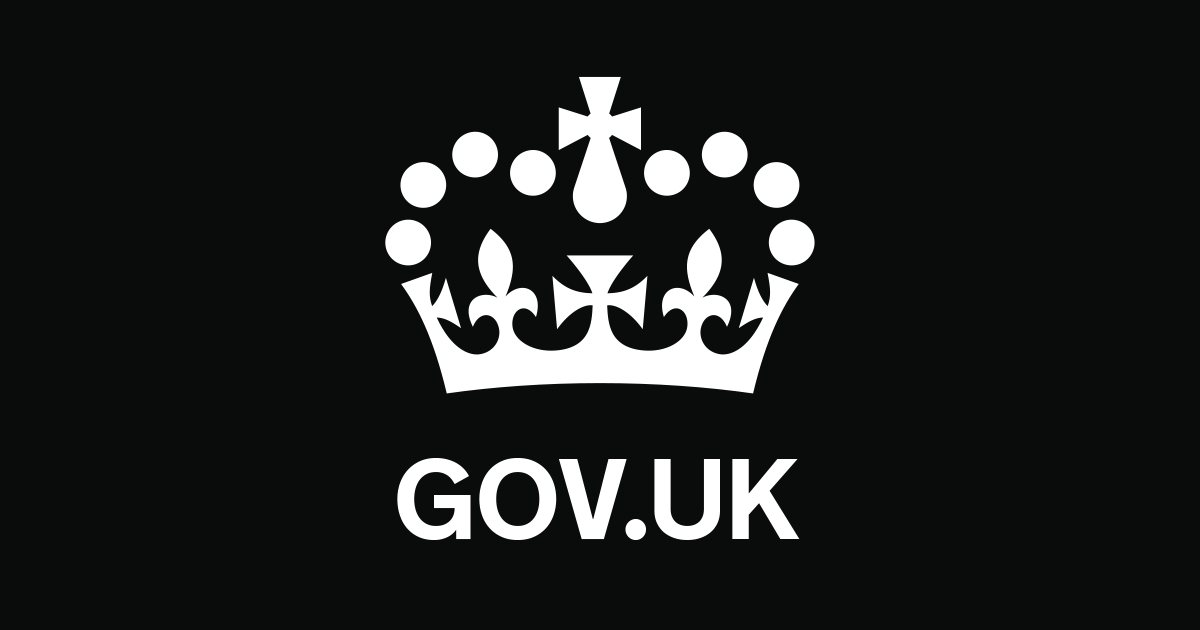Welcome to Nural's newsletter focusing on how AI is being used to tackle global grand challenges.
Packed inside we have
- New rules to improve road safety and enable fully driverless vehicles in the EU
- Establishing a pro-innovation approach to regulating AI (UK)
- and 'You' the AI-based search engine has raised $25m to continue its journey to disrupt Google
If you would like to support our continued work from £1 then click here!
Marcel Hedman
Key Recent Developments
New rules to improve road safety and enable fully driverless vehicles in the EU

What: From the start of July, the EU's new Vehicle General Safety Regulation came into force. It introduces a range of mandatory advanced driver assistant systems to improve road safety and establishes the legal framework for the approval of automated and fully driverless vehicles in the EU.
- For all road vehicles (i.e. cars, vans, trucks and buses): intelligent speed assistance, reversing detection with camera or sensors, attention warning in case of driver drowsiness or distraction, event data recorders as well as an emergency stop signal;
- For cars and vans: Additional features such as lane keeping systems and automated braking;
- For buses and trucks: technologies for better recognising possible blind spots, warnings to prevent collisions with pedestrians or cyclists and tyre pressure monitoring systems.
Key Takeaway: The introduction of this regulation should lead to powerful safety benefits, with >140,000 serious injuries projected to be averted by 2038. We are beginning to see increasingly sophisticated tech regulation emerge e.g. EU AI Act. This is vitally important to lay the landscape for tech to thrive.
Establishing a pro-innovation approach to regulating AI

What: In the same theme of AI regulation, the UK has laid out it's own plan for AI regulation that diverges from the approach of the EU. The clear mandate for the new approach is to "unleash growth and innovation while safeguarding our fundamental values and keeping people safe and secure"
Key Takeaway: The approach to regulating AI is focused on doing so using context/ industry-specific regulatory bodies. This has the benefit of allowing flexible and nimble regulation but could lead to vastly varying lines if not implemented with a collaborative mindset. How will cross-industry applications fare?
AI Ethics
🚀 Mimetic Models: Ethical Implications of AI that Acts Like You
🚀 Climate challenge: Google, Oracle Data Centers Knocked Offline by London Heat
🚀 Data Regulations in China, Europe’s Big Tech Battles, and Decentralized IDs
Case Study: PathAI Uses PyTorch to Improve Patient Outcomes with AI-powered Pathology
Other interesting reads
🚀 "You" raises $25M to fuel its AI-powered search engine
🚀 Overview & Applications of Large Language Models (LLMs)
🚀 Introducing Theseus, a library for encoding domain knowledge in end to end AI models
🚀 The 10 most in-demand jobs in AI/ML and Big Data in 2022
Cool companies found this week
Climate
Noteworthy AI - Provider of AI-powered asset inspection and inventory analysis for energy distribution grid operators.
Phaidra - Phaidra uses artificial intelligence (AI) to improve efficiency, stability, and sustainability in the industrial sector.
and Finally...

AI/ML must knows
Foundation Models - any model trained on broad data at scale that can be fine-tuned to a wide range of downstream tasks. Examples include BERT and GPT-3. (See also Transfer Learning)
Few shot learning - Supervised learning using only a small dataset to master the task.
Transfer Learning - Reusing parts or all of a model designed for one task on a new task with the aim of reducing training time and improving performance.
Generative adversarial network - Generative models that create new data instances that resemble your training data. They can be used to generate fake images.
Deep Learning - Deep learning is a form of machine learning based on artificial neural networks.
Best,
Marcel Hedman
Nural Research Founder
www.nural.cc
If this has been interesting, share it with a friend who will find it equally valuable. If you are not already a subscriber, then subscribe here.
If you are enjoying this content and would like to support the work financially then you can amend your plan here from £1/month!

